Hello friends, welcome to our website Mixing Images. My name is Vikas Yadav. Friends, today's post is going to be very special. In today's post, we are going to talk about - Nag Panchami Images, Nag Panchami Photos, Nag Panchami Pictures, Nag Panchami Pics, Nag Panchami Wallpaper, Happy Nag Panchami Images. So let's start today's post. Nag Panchami Images, Photos, Pictures, Pics, Wallpaper
 |
| Nag Panchami Images |
 |
| Happy Nag Panchami Images Download |
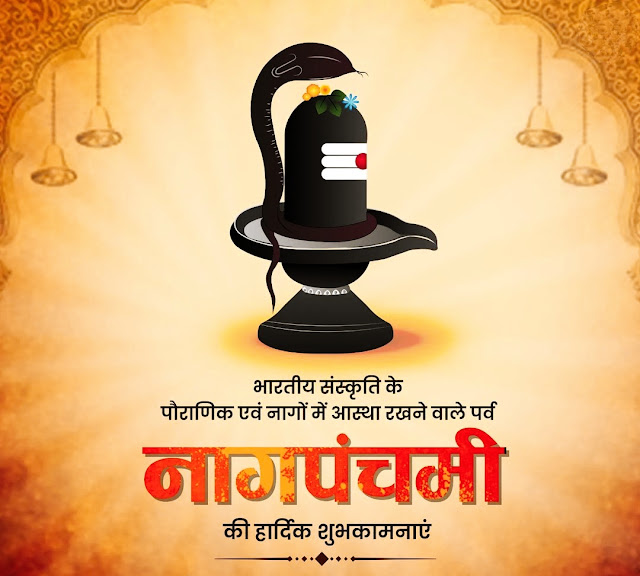 |
| Happy Nag Panchami Images |
 |
| Marathi Nag Panchami Images |
 |
| Nag Panchami Banner Background |
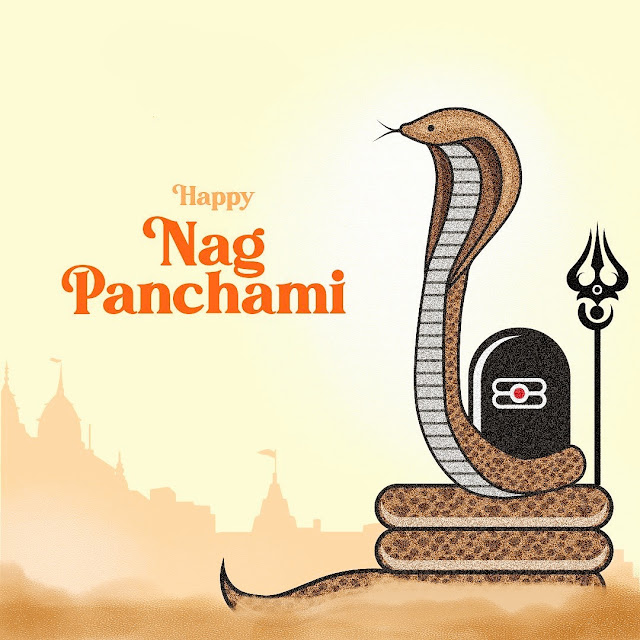 |
| Nag Panchami Banner |
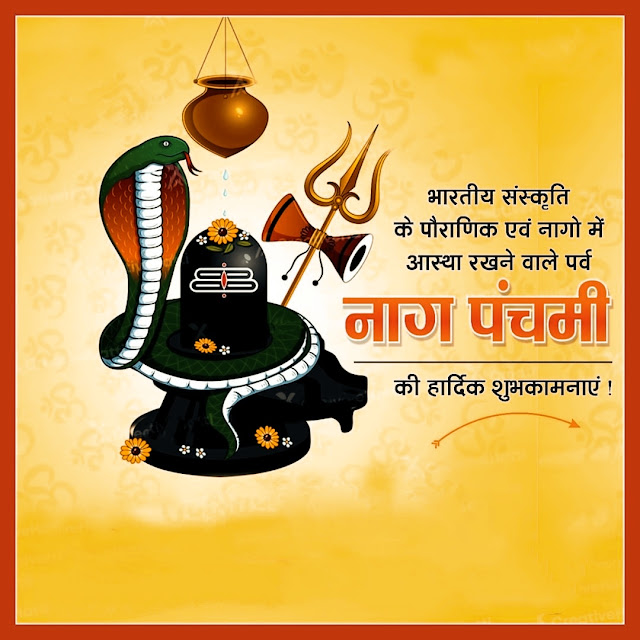 |
| Nag Panchami Image |
 |
| Nag Panchami Images Download |
 |
| Nag Panchami Images HD Download |
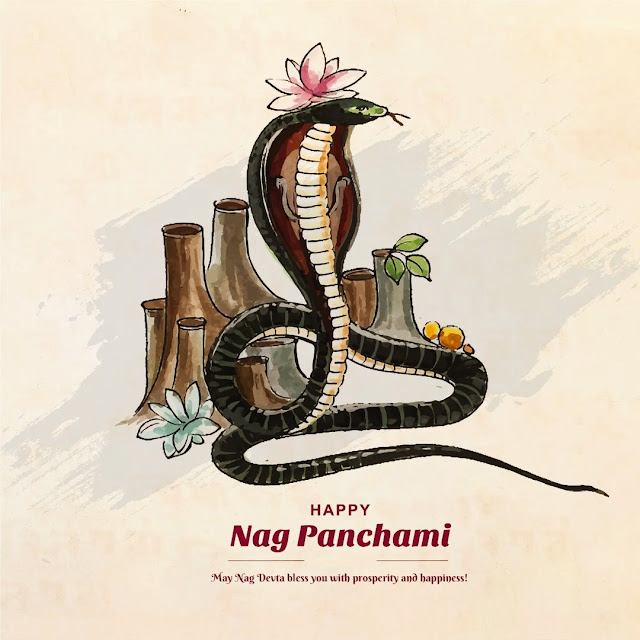 |
| Nag Panchami Images HD |
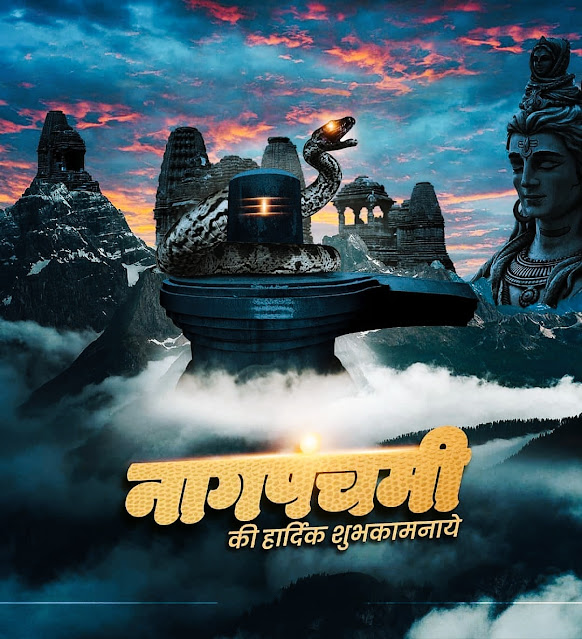 |
| Nag Panchami Images |
 |
| Nag Panchami Images in Marathi |
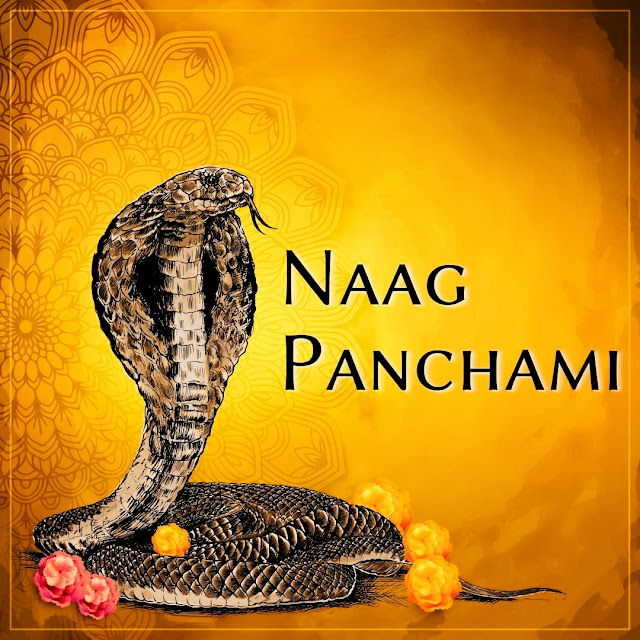 |
| Nag Panchami Ki Photo |
 |
| Nag Panchami Photo HD |
 |
| Nag Panchami Photo |
 |
| Nag Panchami Photos |
 |
| Nag Panchami Pic |
 |
| Nag Panchami Pics |
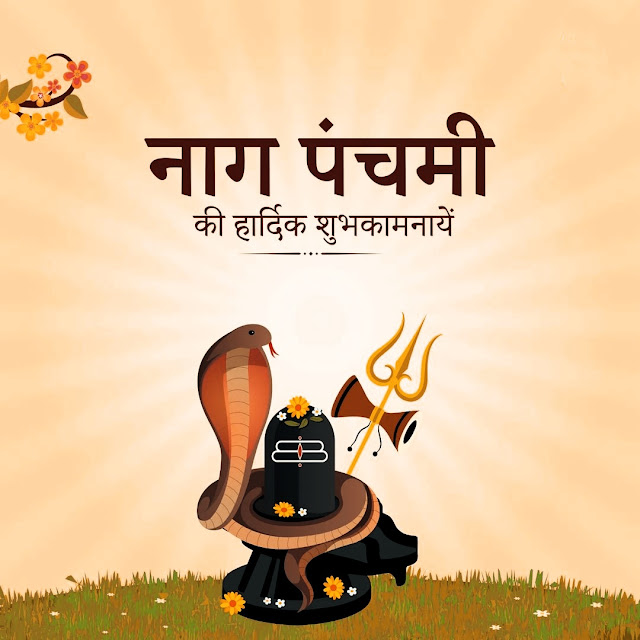 |
| Nag Panchami Picture |
 |
| Nag Panchami Pictures |
 |
| Nag Panchami Poster |
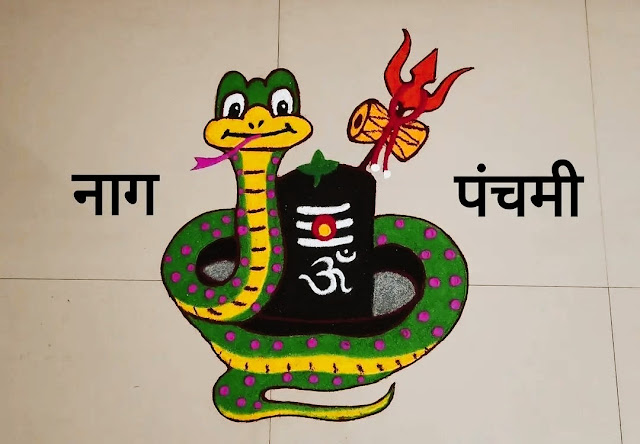 |
| Nag Panchami Rangoli Images |
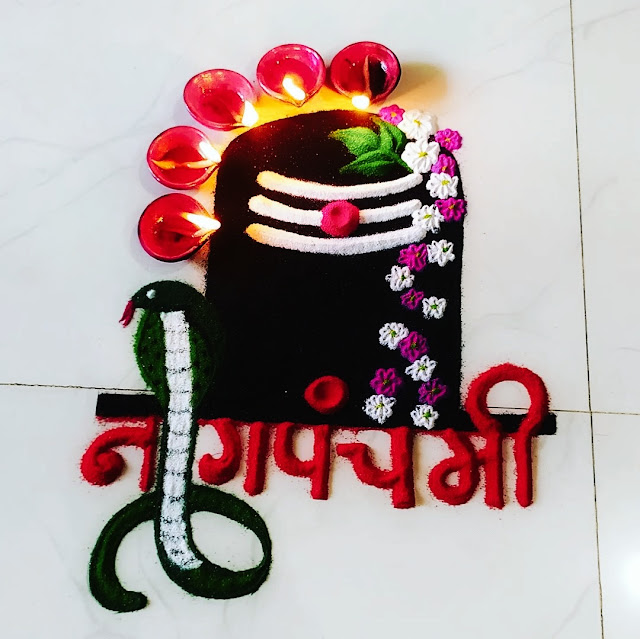 |
| Nag Panchami Rangoli |
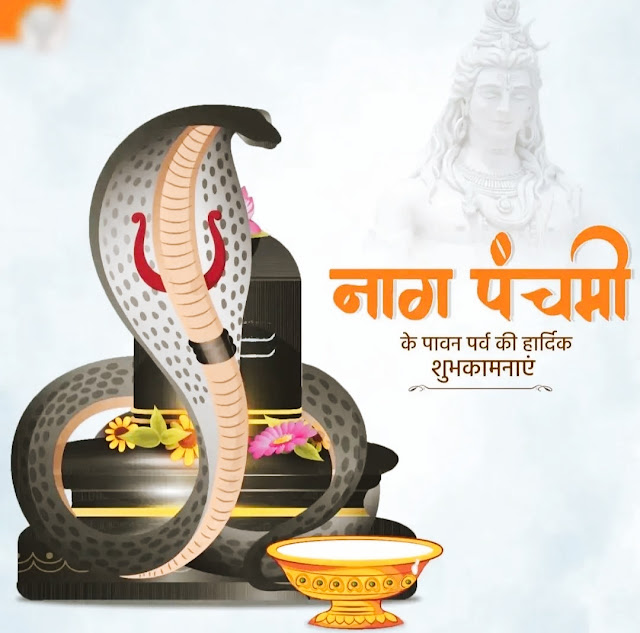 |
| Nag Panchami Wallpaper |
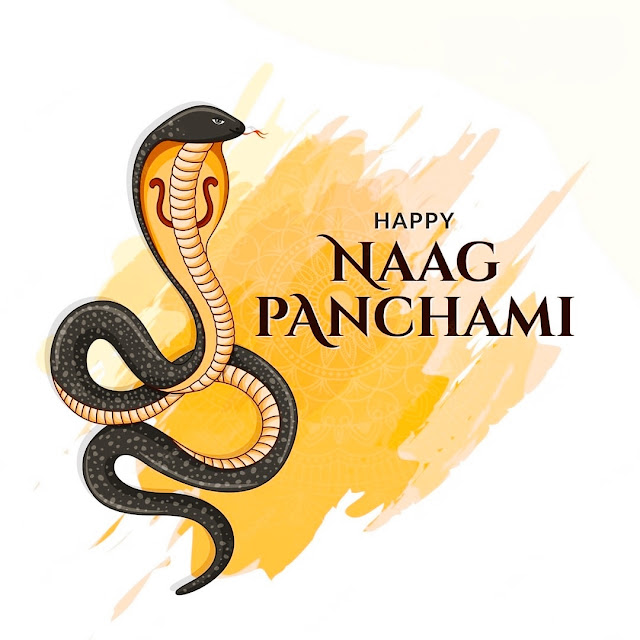 |
| Nag Panchami Wallpapers |
 |
| Shubh Nag Panchami Images |
 |
| Wallpaper Nag Panchami |
Final Word
My dear friends, I hope you liked this post of ours. If you liked this post of ours, then do share our post with your friends. And share on social media. And let us know in the comments how much you liked the post. Don't forget to comment.





























![5555+ WhatsApp DP Images 2025 [ New & Stylish WhatsApp DP ]](https://blogger.googleusercontent.com/img/a/AVvXsEg95BfLEowtFnLtY0Il-OSnzA76svLtx8rt7iXrP02lzt0U-y2AHvAhQFdIMHg97mkNEBk6mB9z2cDEusvytmRIYatQLaGhPeZbmVKP0hTcPe2dxRSKw9LydaR2N3t5TOrDor018-2ttJcGzBUgjgqO4mU_pxF-2gw4zEAZ4tWQNydtUyrGsYH6CVrZ=w680)




0 Comments
If You Have Any Doubts. Please Let Me Know.